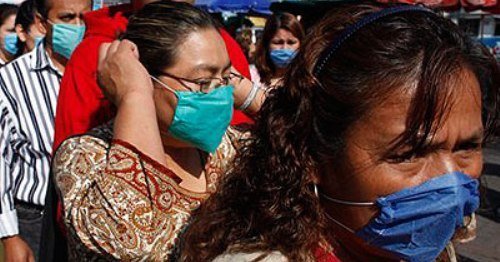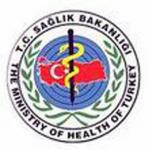Swine flu has become the world's first official pandemic in 41 years after the World Health Organisation (WHO) raised the alert level on the H1N1 virus from phase 5 to 6, the highest on the scale.
Swine flu "unstoppable"
The decision was made after a meeting of experts in Geneva today and comes as infections have climbed in Europe, the US, Australia, South America and elsewhere. The WHO chief, Dr Margaret Chan, yesterday examined data from eight countries with large numbers of swine flu cases.
"The world is moving into the early days of its first influenza pandemic in the 21st century," Chan told reporters tonight, advising that countries should prepare for a second wave of cases. "The [swine flu] virus is now unstoppable."
There have been 141 confirmed swine flu deaths and 28,555 lab-confirmed cases world wide. 106 of the deaths have been in Mexico, 27 in the USA, 4 in Canada and 2 in Chile.
Raising the alert level reflects that the virus is more widespread, but not necessarily more dangerous - although there are fears that infections could overwhelm hospitals and health authorities, especially in poorer countries.
WHO still optimistic
According to the WHO website, the overall severity of the influenza pandemic is considered to be moderate. This assessment is based on scientific evidence available to WHO, as well as input from its Member States on the pandemic's impact on their health systems, and their social and economic functioning.
The moderate assessment reflects that:
- Most people recover from infection without the need for hospitalization or medical care.
- Overall, national levels of severe illness from influenza A(H1N1) appear similar to levels seen during local seasonal influenza periods, although high levels of disease have occurred in some local areas and institutions.
- Overall, hospitals and health care systems in most countries have been able to cope with the numbers of people seeking care, although some facilities and systems have been stressed in some localities.
WHO is concerned about current patterns of serious cases and deaths that are occurring primarily among young persons, including the previously healthy and those with pre-existing medical conditions or pregnancy.
Large outbreaks of disease have not yet been reported in many countries, and the full clinical spectrum of disease is not yet known.
74 countries affected so far
Swine flu originated in Mexico in April and has spread to 74 countries, infecting more than 27,700 people and killing 141.
Most cases have been mild, although employers are being warned to prepare for absences through illness.
The WHO said pharmaceutical companies should start making swine flu vaccine. One manufacturer, GlaxoSmithKline PLC, said it could start large-scale production by July but large quantities would not be available for several months.
Despite the WHO's hopes, the announcement of a pandemic will almost certainly spark panic in some countries. Fear has already gripped Argentina, where thousands of people worried about swine flu flooded into hospitals this week, bringing to near-collapse the emergency health services in the capital, Buenos Aires.
"People might imagine a virus is now going to rush in and kill everyone," said John Oxford, a professor of virology at St Bart's and Royal London hospital. "That's not going to happen."
England's chief medical officer, Sir Liam Donaldson, said health officials were expecting to see more and more cases this autumn and winter with the return of the traditional flu season, and the virus might yet change and become more severe.
The last such pandemic was the Hong Kong flu of 1968 that killed about a million people. Ordinary flu kills about 250,000 to 500,000 people each year. (Guardian/WHO/AG)
*This article was put together from articles on www.guardian.co.uk and www.who.int












.jpg)
